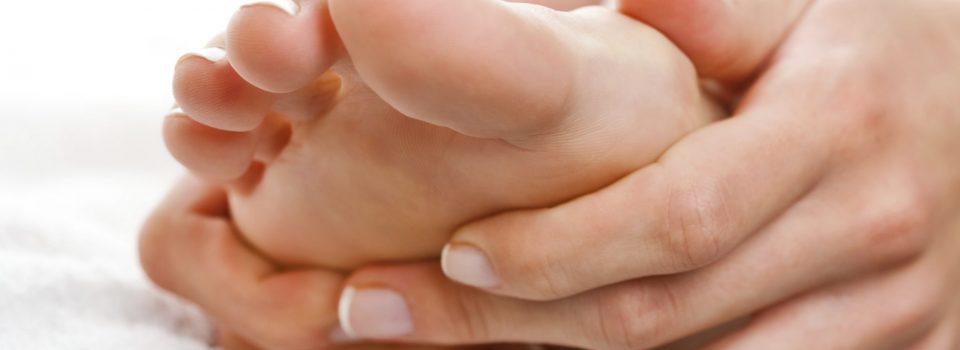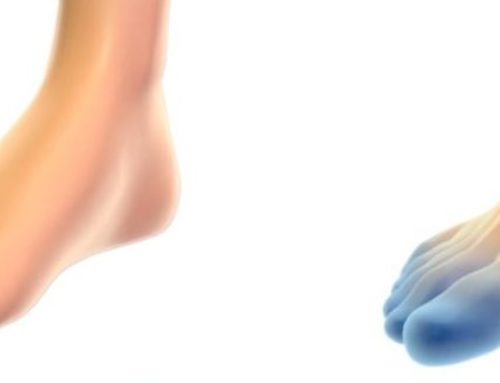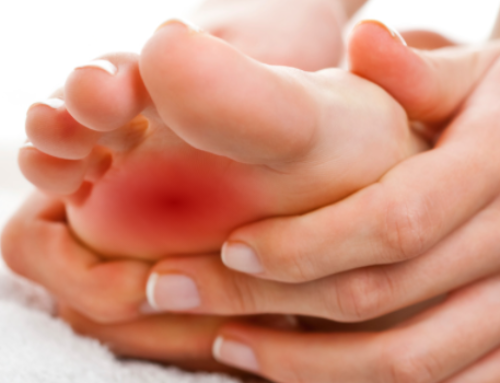
Ulcerations are a break-down of the skin and foot ulcerations may appear on the side or bottom of the foot. Ulcerations (open sores) can either be shallow or deep (exposing tendons and bones), and may lead to infection if not treated immediately.
Individuals that have a poor circulatory system (atherosclerosis), varicose veins and the more than 15% of people that have diabetes, are at a greater risk for developing foot ulcerations. In addition, foot ulcers are also common among individuals that have:
- Peripheral neuropathy, which is nerve damage to the legs and/or feet. Although not always the case, diabetes is a very common cause of peripheral neuropathy. Ulcerations are common, because when the nerves in the feet are damaged, a person can no longer feel discomfort/pain, so unless a daily inspection of the feet is performed – swelling, bleeding, redness, and blisters can occur without being quickly noticed by a pain indicator.
- Bone deformities in the foot may lead to ulcerations. Examples can include fractures, claw feet and severe arthritis.
- Raynaud’ phenomenon is when blood flow to the extremities (feet and hands) is suddenly limited, and toes and fingers may turn white (temporarily) until blood flow begins again, and circulation returns to normal.
Avoiding foot ulcerations are geared toward preventative measures such as:
- Daily examination of your feet. Look for abnormalities (foul odor), calluses, cracks and redness. If necessary, use a mirror to help you for a thorough exam. If you are unable to examine your feet, due to limited eyesight or limitation in your body movement – ask a caregiver or relative to do this important daily inspection of your feet.
- In addition, toenails should be well manicured and trimmed straight across. Once again, if this is not possible to do by yourself, ask for assistance. For those people with neuropathy and or circulatory issues a podiatrist should be consulted.
- Excellent foot hygiene is necessary to avoid foot ulcerations and other painful foot problems. Feet should be washed with mild soap daily. When drying your feet, pay special attention to the area between the toes. Moisturizer should be applied to dry areas of the feet and legs, but not between the toes.
- Shoes should always be checked for foreign objects before putting them on, and to ensure that they fit well. Socks should be soft and made from absorbent material – once they become sweaty, damp and wet, they should be changed immediately.
Foot ulceration treatments
Debridement is a procedure that involves trimming away tissue that is diseased – this treatment is used only when circulation is good in the feet.
Specialized footwear (cushioned walking shoes or a soft cast) may be prescribed to relieve pain of the affected area.
Vascular surgery may be a considered a treatment for individuals that suffer from poor circulation, as this may stimulate blood flow to the legs and feet.
Give Doctor Lefkowitz a call at 215-230-9707, and make an appointment to see him at his Doylestown office, so he can evaluate your foot ulceration with a series of tests, and discuss the best course of action to treat the ulceration, and any infection that may have also occurred.



